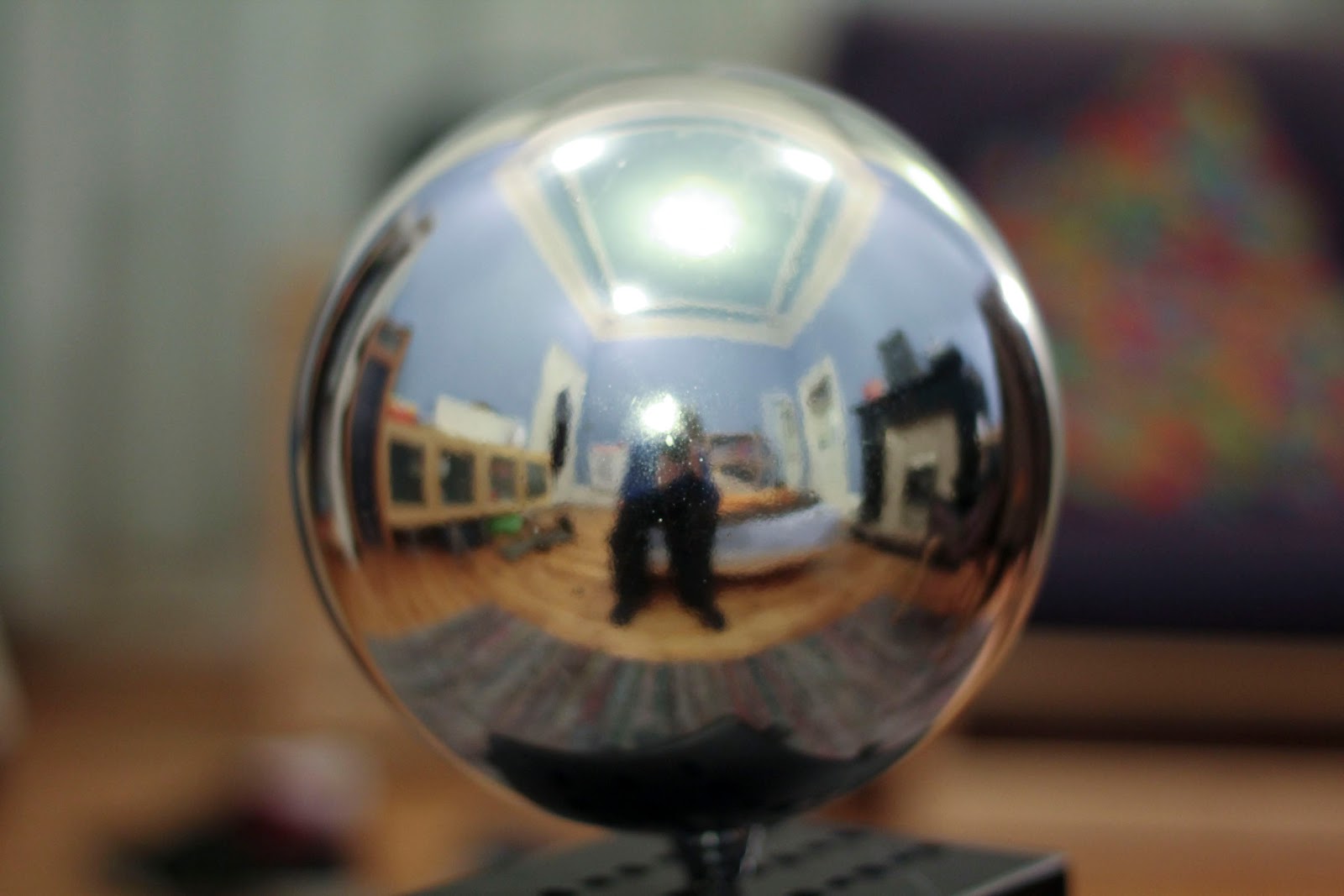Hey Al:
I just downloaded V4..........the background positioning wizard is not there as you show it in your tutorial. Am I missing something here?
Thanks,
Chris
Views: 1429
Replies to This Discussion
-
There are some cameras and/or some software which can grab a full 360 spherical image by stitching together 2 or 3 images. If you then use this image as a HDRi sky it will illuminate and/or provide a background for your rendering.
Here is an example of a full 360 spherical image. which could be used as a background.
Click here to view full 360 degree image: Cascade Falls
-
Thanks........any idea what software does this?
Does and Hdri image always illuminate? So an image converted to Hdri with-in IRender illuminates?
Chris
-
I'll have Rich explain how he made the panoramic image.
All HDRi skies illuminate, including ones converted in IRender. To have them illuminate really well, you create three panoramic images, one over exposed and one under exposed, and then the HDRi creation software can examine all three images to decide which pixels illuminate, and which are just the same color but not light sources.
When we convert them in IRender, we only use one image, and you tell us whether it is a day or night image, and we take the best guess we can.
Take a look at this image:
The white of the sun and the white of the cloud are both the same color, RGB(255,255,255).
In a "true" HDRi, the illumination value for the pixels in the sun (stored separately in the image) would be much, much brighter than the illumination value for the pixels in the cloud, so the sun would provide much more illumination. If you did a simple conversion in IRender, the illumination of the sun and the white part of the cloud would be the same, (since all we have to go by is the color - which is the same), so the sun would not be brighter than the cloud. Still, this will work fine for many cases.
(It would not work well for this example if you wanted to cast accurate shadows from the sun, sun the sun and the edge of the cloud would effect the shadows equally)
-
Typically I take 3 pictures with a 180 degree fisheye lens.
I use PTGui, http://www.ptgui.com/, to stitch them together into a single panoramic jpeg:
Then I use Panoweaver, http://www.easypano.com/, to create the 360 flash or movie files.
-
Some cameras such as Sony DSC-HX9V for example, have a special functionality to take panoramic images. So you take 6 pictures movinr around on 180°. Best is to put the camera on a leg of course. It's also possible to take pictures in braketing mode which takes 3 pictures with 3 exposures, -7,0,+7 ev or -3,0,+3 ev.
So that's pretty cool to make hDRI and panoramic images.
-
I watched the videos on the ptgui.com site. It was interesting that they made a big deal about keeping the plane of the lens on the same x,y point (which creates a vertical axis) when rotating for numerous images to be stitched together. Ever run into issues with this....they used some sort of special camera holder on a tripod to maintain the proper alignment, not just a pole.
The software is very cool!
-
I usually just use a monopod, no special hardware. But sometimes I just stand there, point the camera, and twirl around...but I just do it as a hobby.
-
No, the photographer (me) was cleverly behind the camera...Where else???
The cascade image was made from 3 photos that I took. No mirrors or tricks were used.
Al Hart said:Rich,
Is the Cascade image one of those where the photographer was cleverly able to get out of the way of the camera?
-
We uploaded a new version of IRender nXt which lets you modify all 4 corners of the background image, and distort the images itself to better match perspectives or other views in the rendering itself.
Take a look an let us know what you think
-
Hi Al |Rich
The background wizard continues to be a massive improvement.
1.Rich - Unfortunately on my 64 bit machine the wizard does not work direct in SU - you cannot see any images in wizard and when attempting to close wizard a SU bugsplat occurs every time.
2.Works great after initial render in render window.
3.Al is there any way the contrast and brightness filters can be also adjusted post render ? - the matching of tone to background is as important has perspective - although the new feature is so much better it is still quite hard to visually assess overall look of scene (and finished light levels ) until its fully rendered.
4.A horizon line indicator would still be useful
Again - all good stuff - this wizard will really reduce potential workflow
Thanks
Boothy
-
Thanks for taking a look at this Boothy.
3 - I presume you mean that we should add sliders to adjust the contrast and transparency of the Rendered Image as well as the current sliders for the background. We meany to do thay, but didn't get it into the first version.
4. Are we talking about a toggle (__ show horizon) which would temporarily show the horizon of the rendered image? We can probably do that.
Al
© 2025 Created by Render Plus.
Powered by
![]()
